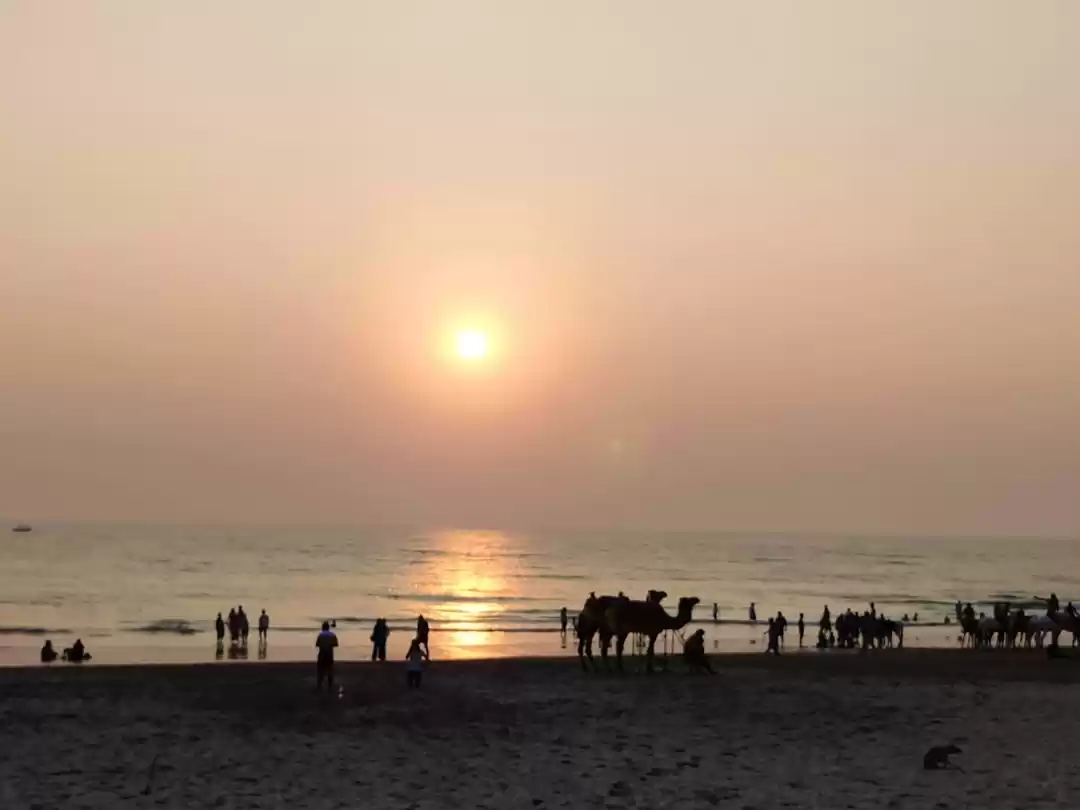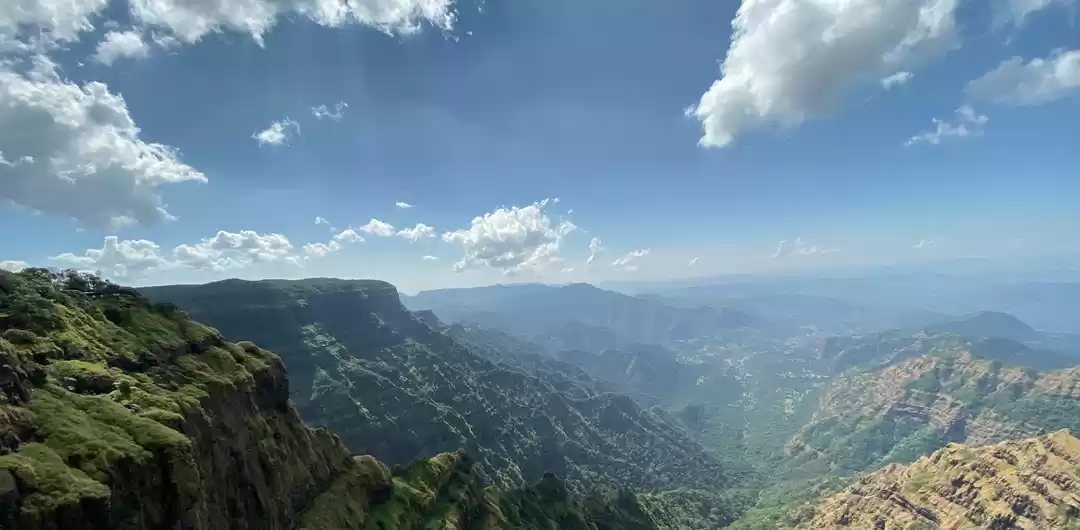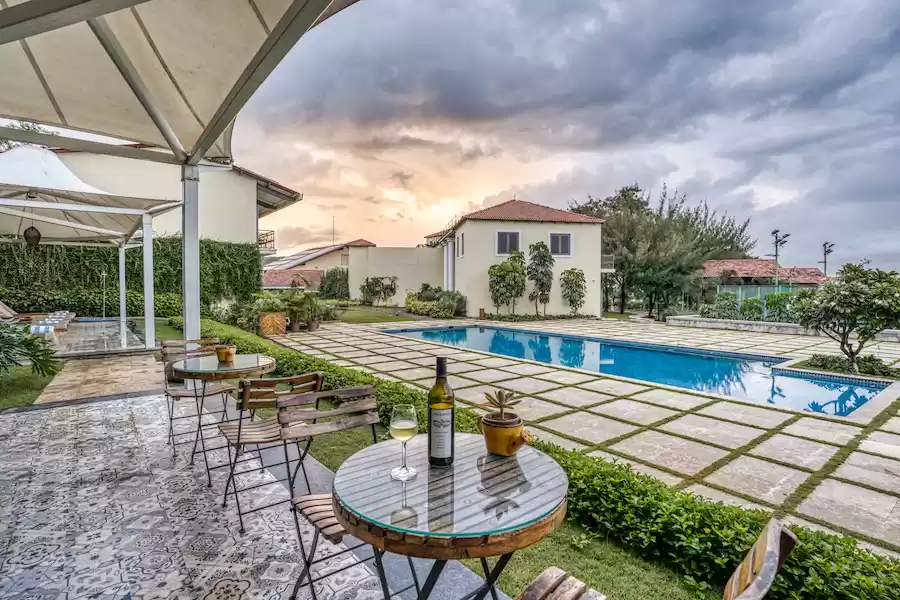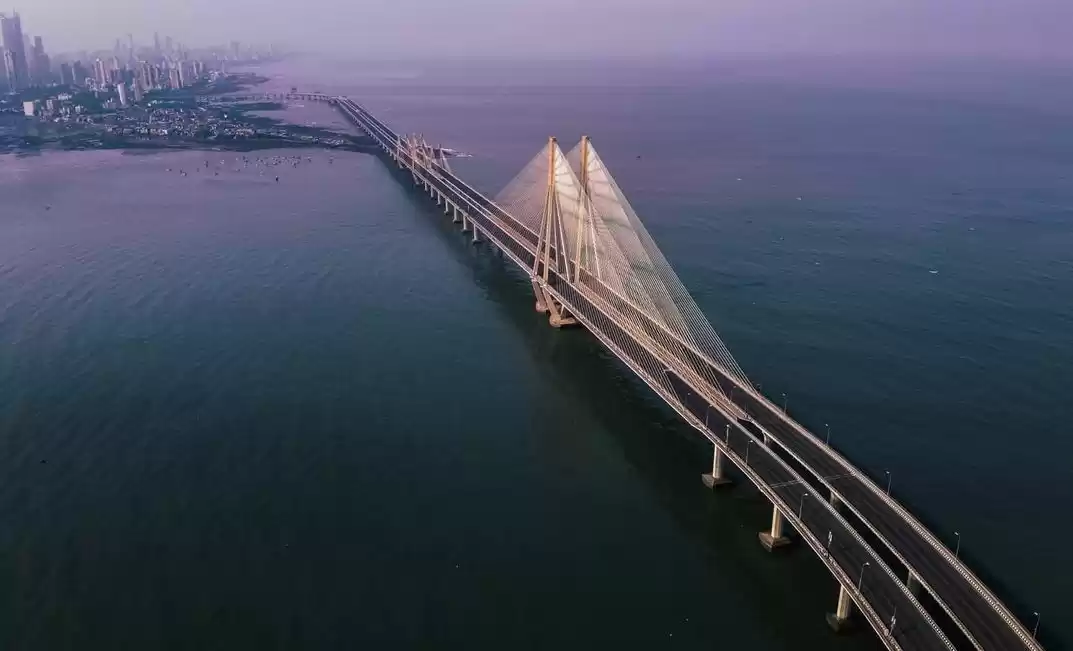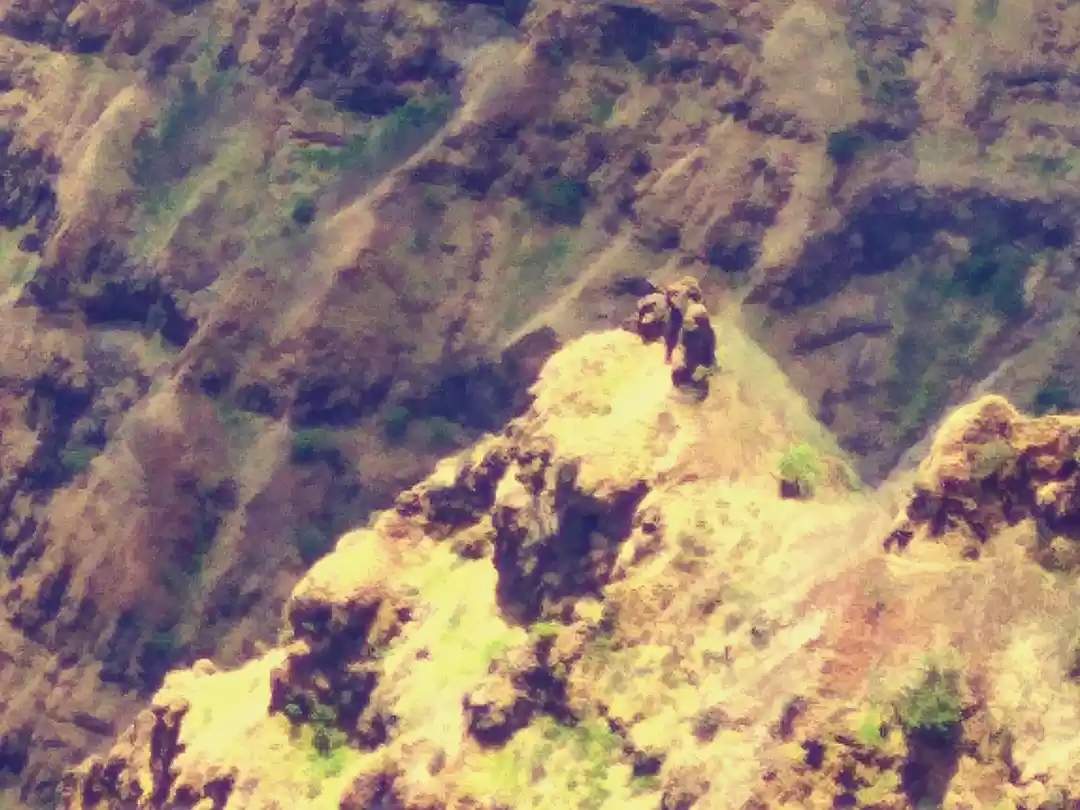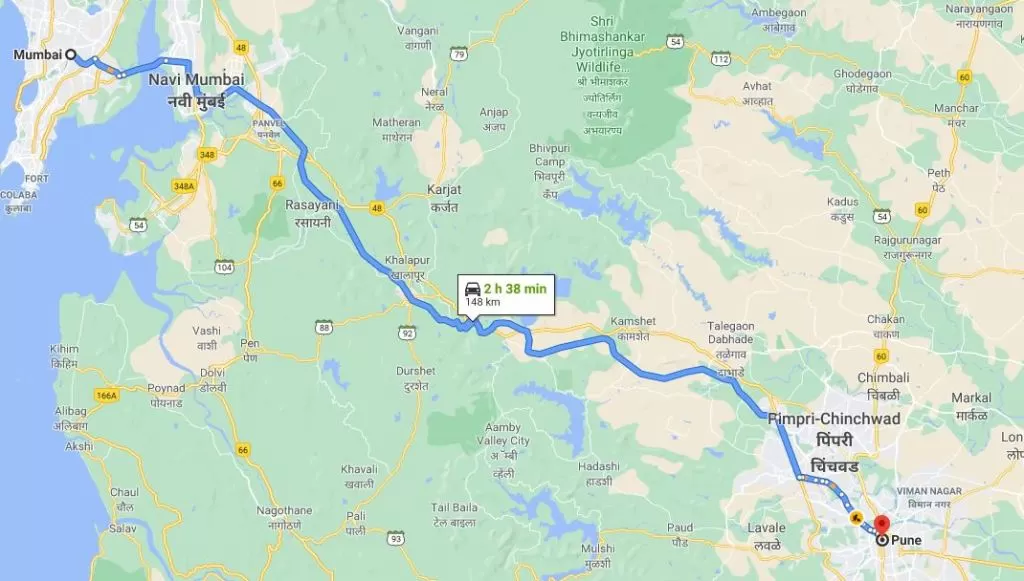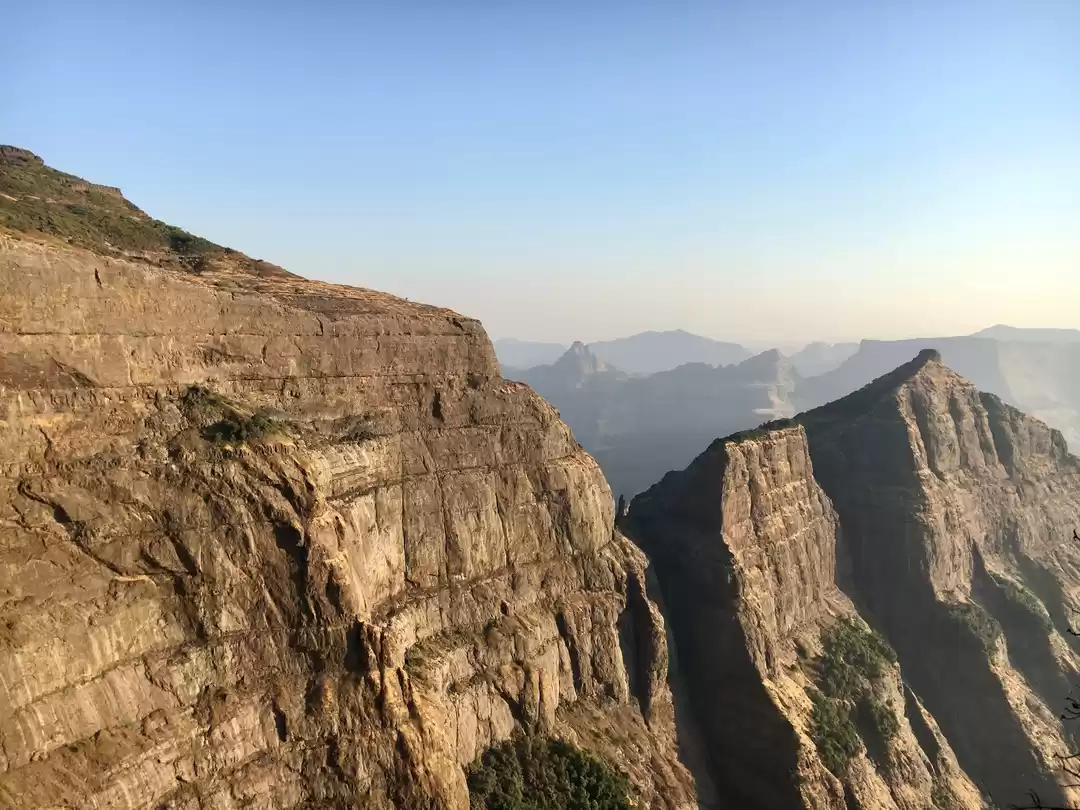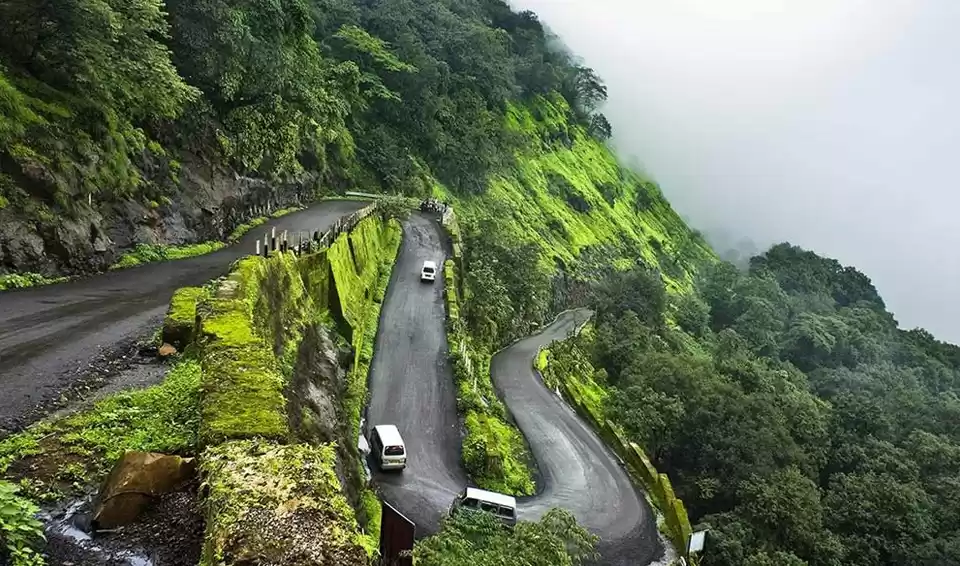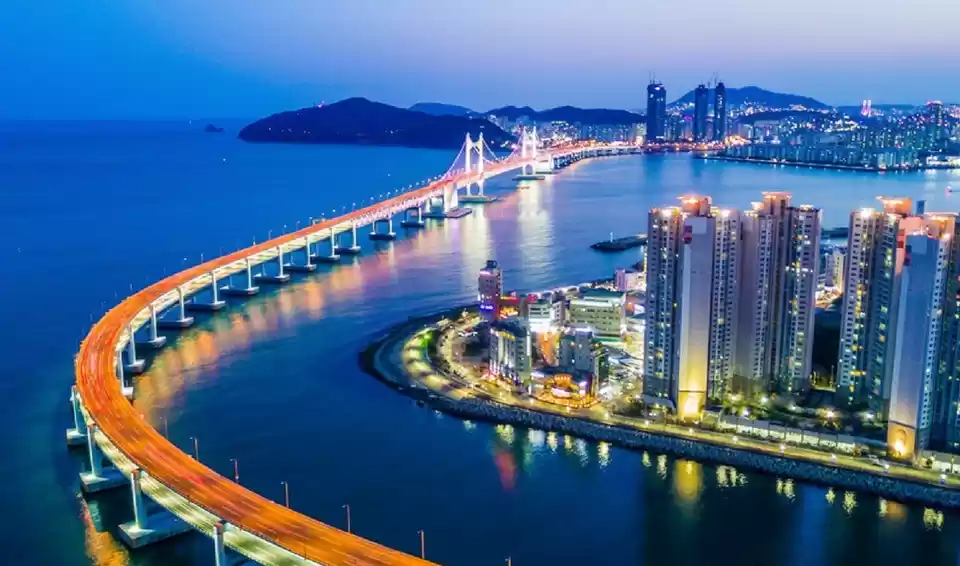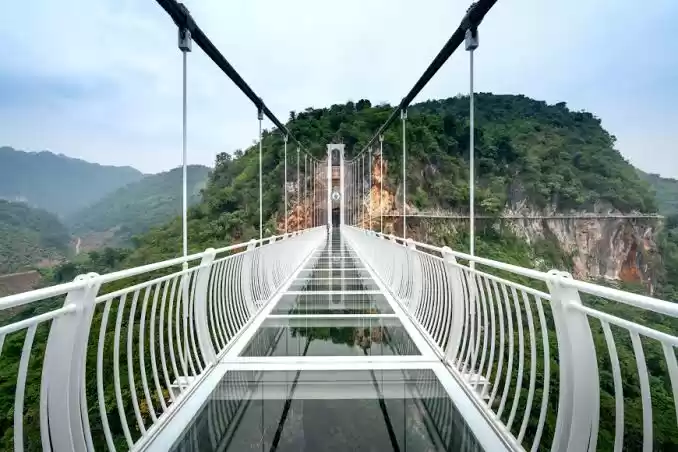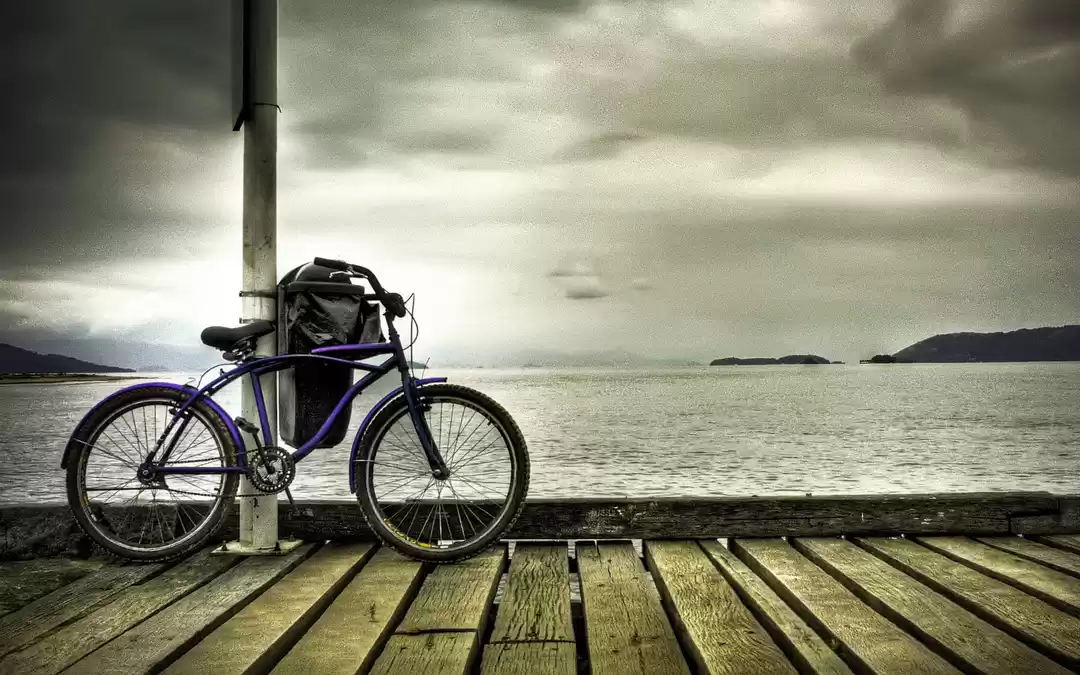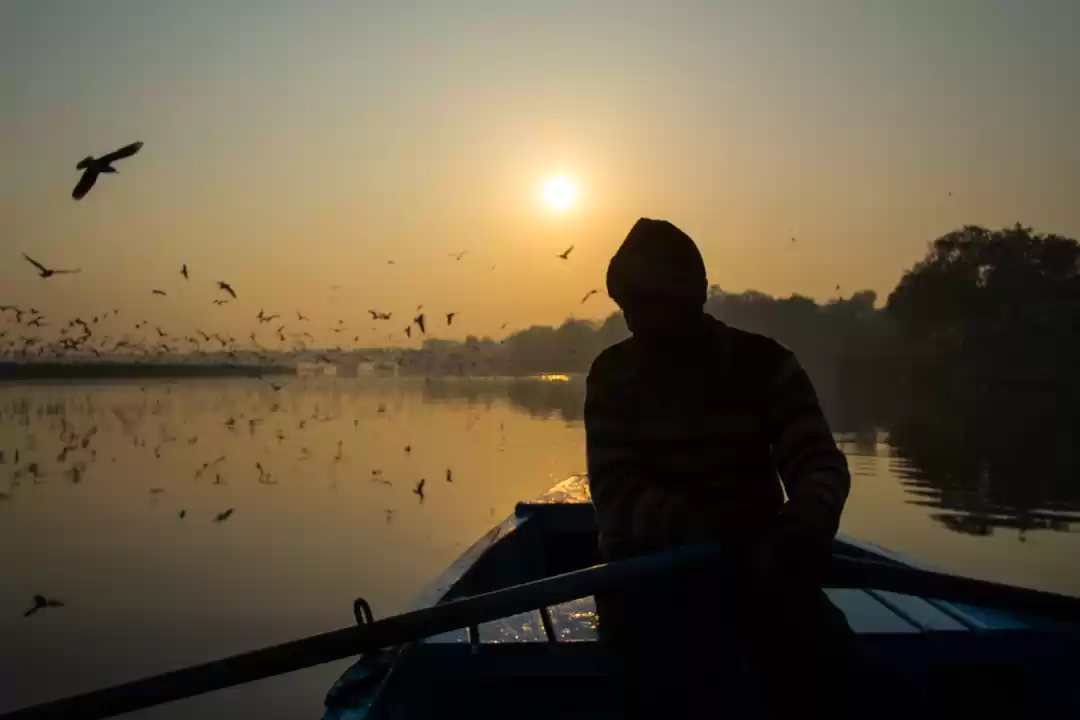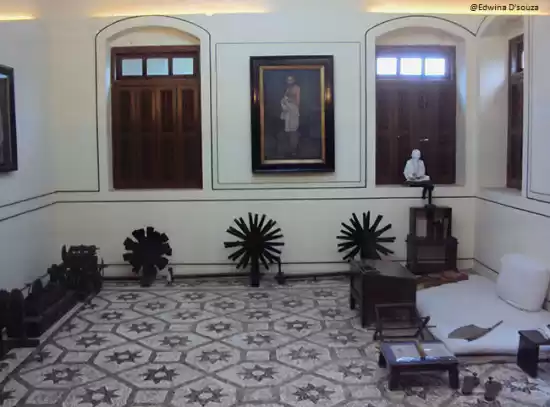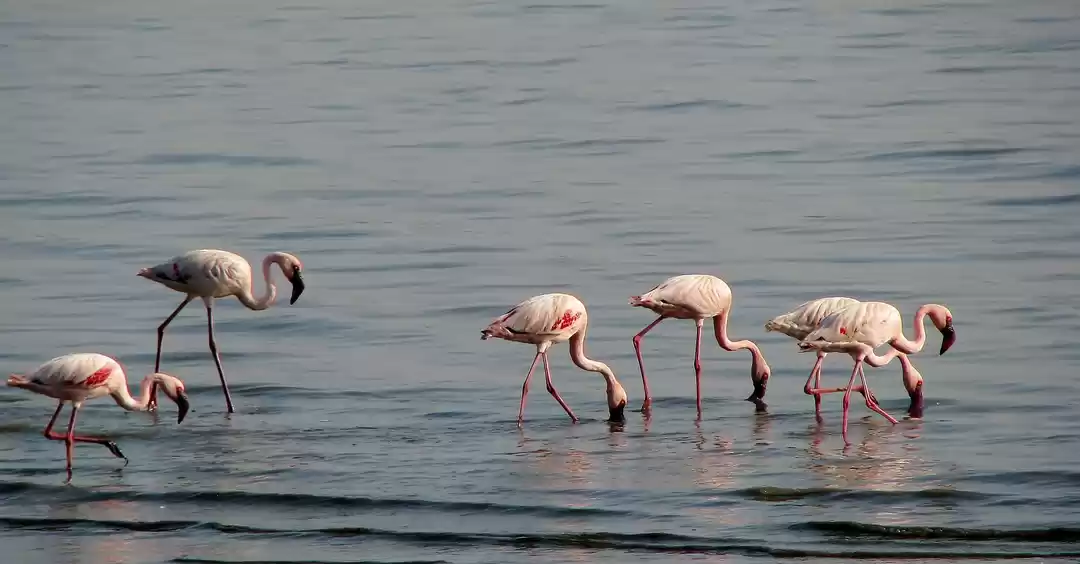
From 2 hours to 20 minutes!!! That’s HUGE!
After the 4th longest bridge in India – Bandra-Worli Sea Link, which is 5.6 km long and is 8-lane wide bridge, Mumbai or rather Mumbai Metropolitan Region Development Authority (MMRDA) is gearing for the longest sea bridge in India which will be a 21.8 km long, 6-lane grade freeway!! The Mumbai Trans Harbour Link (MTHL), also known as Sewri-Nhava Sheva Trans Harbour Link will start at Sewri, South Mumbai, will pass through Thane Creek, north of Elephanta Island and will end at Chirle, near Nhava Sheva.

History of The Bridge
There have been three prior attempts with the first one being in 2004, second attempt in 2005 and the third one was in 2008. But the project finally received clearance on 22nd October 2012 from the Chief Minister Prithviraj Chavan.
With an estimated cost of INR 17,843 crore (US$ 1.7 billion), that includes compensation to fishermen who are genuinely affected by the construction of the bridge, installation of sound barriers, seed money as deposit to the mangrove fund, an additional INR 25 crore for a compensatory mangrove restoration plan and a mandatory disbursement of at least INR 335 crore for an “environment management programme”.
Considered to be completed in three different phases MMRDA confirmed that 76% of the work on the project has been completed and the project is set to get done by the end of 2023. Once completed it would reduce the travel time of 2hrs from Navi Mumbai to Mumbai to Only 20 minutes (people living in Mumbai understand the woes of the current travel from Mumbai to Navi Mumbai). After completion this sea bridge is estimated to be catering to around 70,000 cars daily!!!

Why Are The Environmental Activists Concerned?
The most concerning part of the construction, found by India’s apex public expenditure auditing body – the Comptroller and Auditor General (CAG) is that the project has bypassed the critical scrutiny under the Centre’s Environment Impact Assessment (EIA) rules. Although the construction of MTHL is going to significantly affect the local ecology, it wasn’t mandated to obtain environmental clearance (EC) for this project as per the EIA rules but has been cleared solely on the basis of Centre’s Coastal Regulation Zone (CRZ) notification.
Project Hindrance With The Forest Advisory Committee (FAC)
The project had hit a major roadblock in April 2015 when the clearance by forest advisory committee (FAC) of the MoEF was withheld stating that it affects “existing mangroves as well as the flamingo population”. As per MoEF, it would affect 38 hectares of protected mangrove forests and 8.8 hectares of forest land on the Navi Mumbai end. With over 20,000 to 30,000 flamingoes and mangrove habitat at the start of the sea-bridge and mudflats at Sewri home to more than 150 species of birds which is why this zone has been named “Important Bird Area”, it was a matter of concern if the construction of the bridge impacts these ecological sites. So eventually MMRDA submitted the Rapid EIA Report published after a study undertaken by an independent body, to Maharashtra Coastal Zone Management Authority (MCZMA), Environment Department, based on which it was cleared by MCZMA in November 2015, after which it received clearance from Forest Advisory Committee (FAC) and eventually by the State Forest Department in May 2017.


What Conditions Had To Be Fulfilled Before Ministry of Environment and Forests (MoEF) Cleared The Project?
The Ministry of Environment and Forests (MoEF) had put forth 11 conditions that included some of the below
• Installation of noise barriers on the bridge so that the migratory birds like flamingoes are not affected.
• Promise of replanting FIVE times the number of mangroves that would get destroyed during construction of the bridge.
• No dredging or reclamation (dredging means excavation or digging of material from water body like scooping out the mud, weed and rubbish – basically clearing the waterbed)
• Consider using construction equipment with exhaust silencers.
• Maharashtra State Road Development Corporation (MSRDC) should work in consultation with the Bombay Natural History Society (BNHS) to help minimize the impact on the migratory birds.


They clearly stated that the construction of the sea bridge from Navi Mumbai to Mumbai will in no way affect the local ecology, or the migration of thousands of greater flamingoes (2022 witness the highest number with 65,000 in Thane Creek, 25,000 in Sewri and 9,000 in Nhava) who flock this area every year in search of food or the mudflats which they call home during the period of their stay, only time will tell how true the “report” will stand.
Also read: mumbai film city
As of now experts are of the opinion that the declining number of the birds in Sewri cannot be blamed on the trans harbour link work.
In these recent times where development comes with a price – fragmented forests, loss of biodiversity, natural habitat loss and so on, how much are we willing to sacrifice to reduce the time of our travel?
Watch travel stories come to life with Tripoto on Youtube! And be a part of the largest online community of travellers on Tripoto’s Facebook page!




